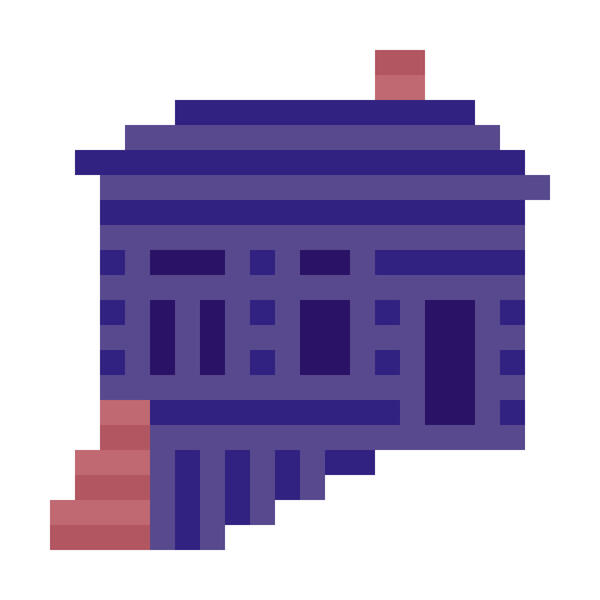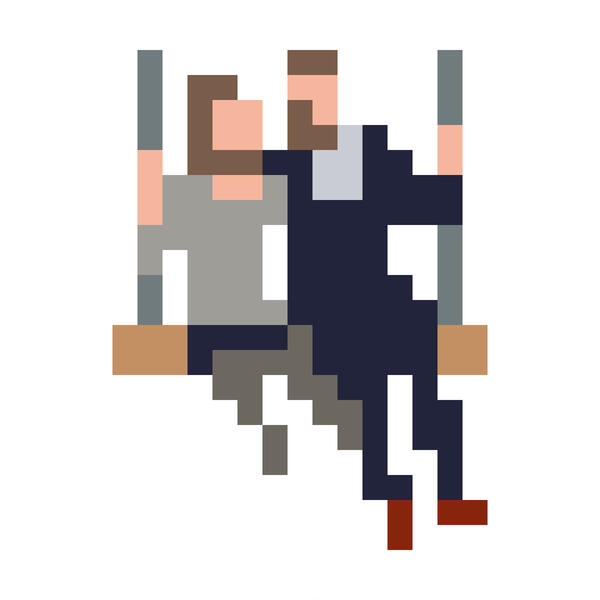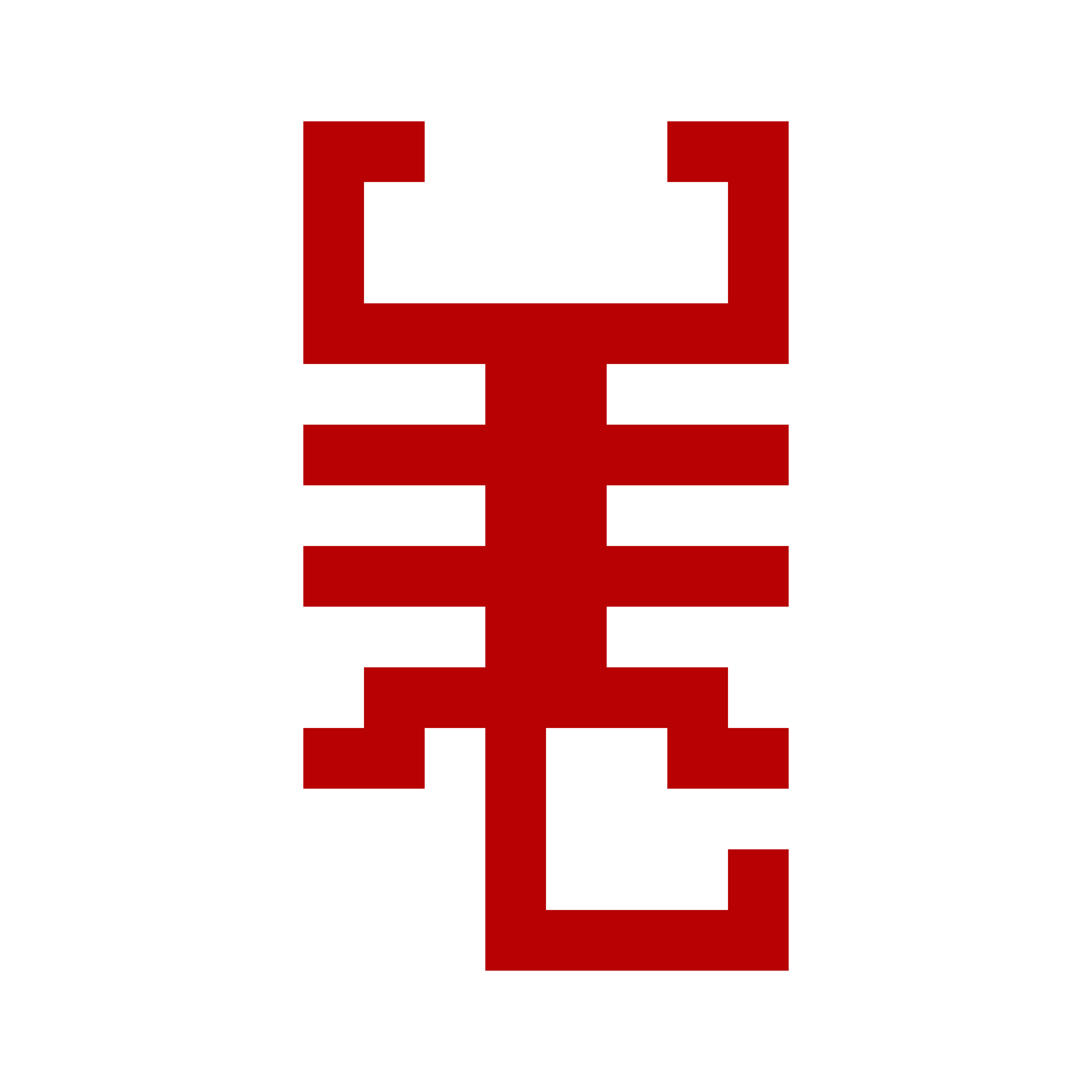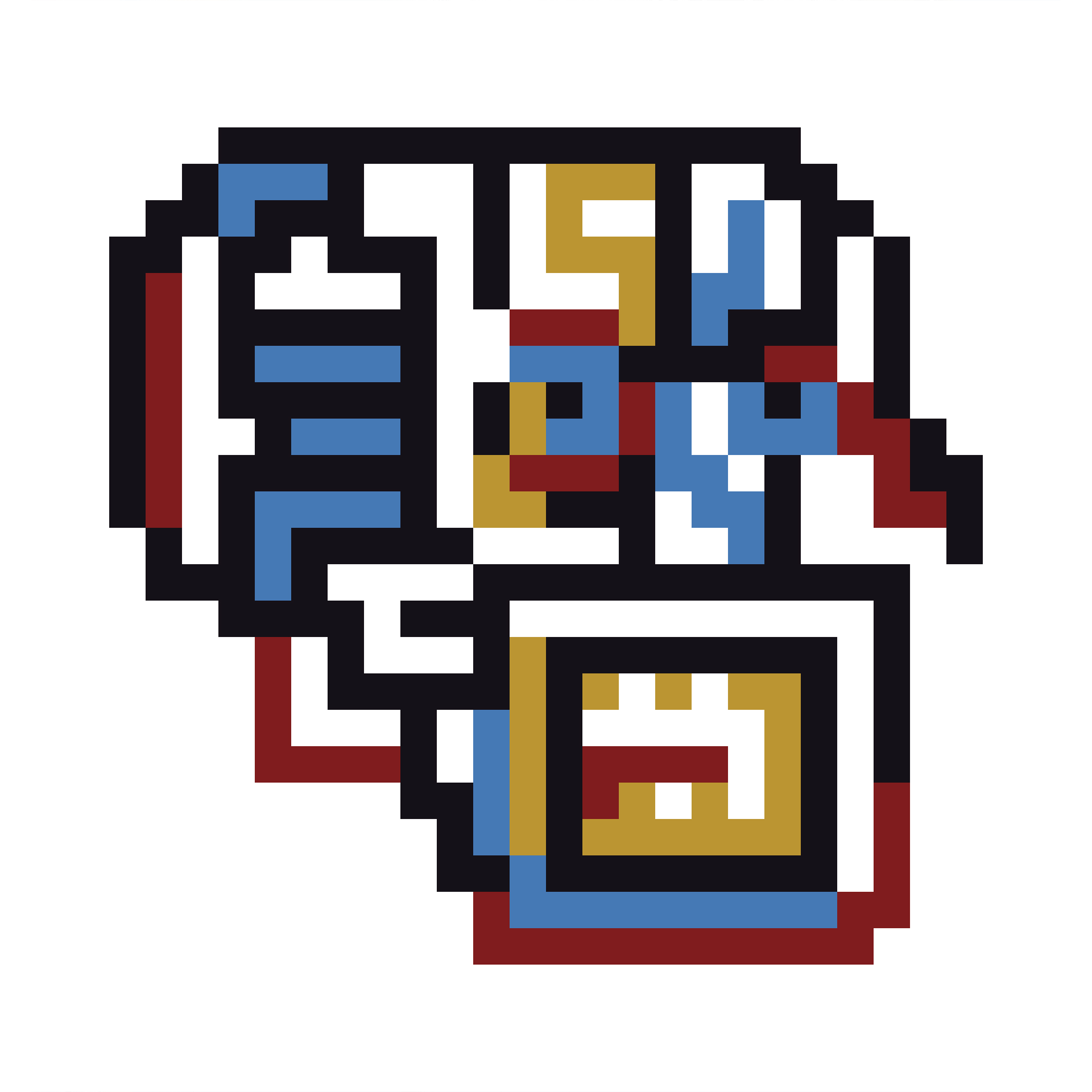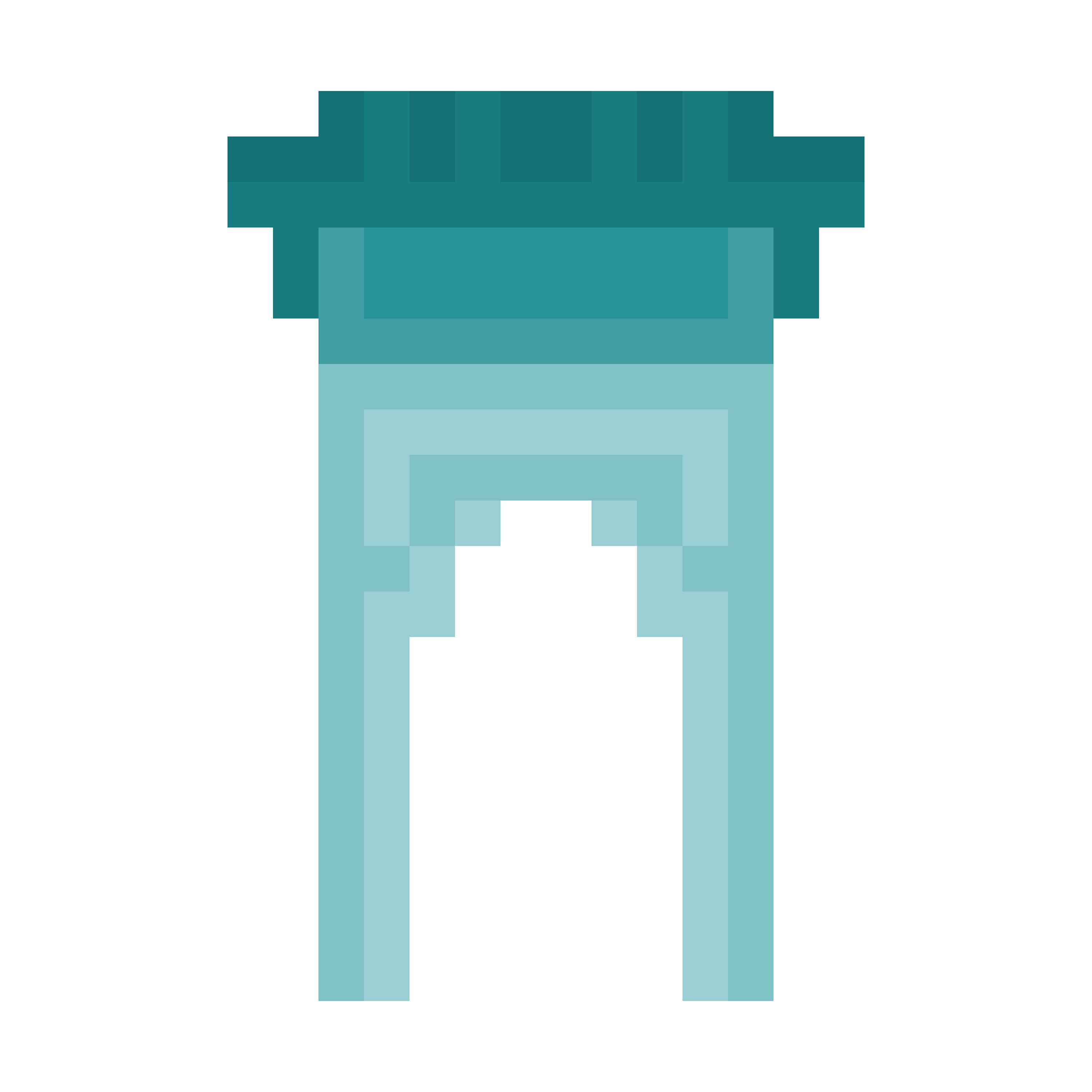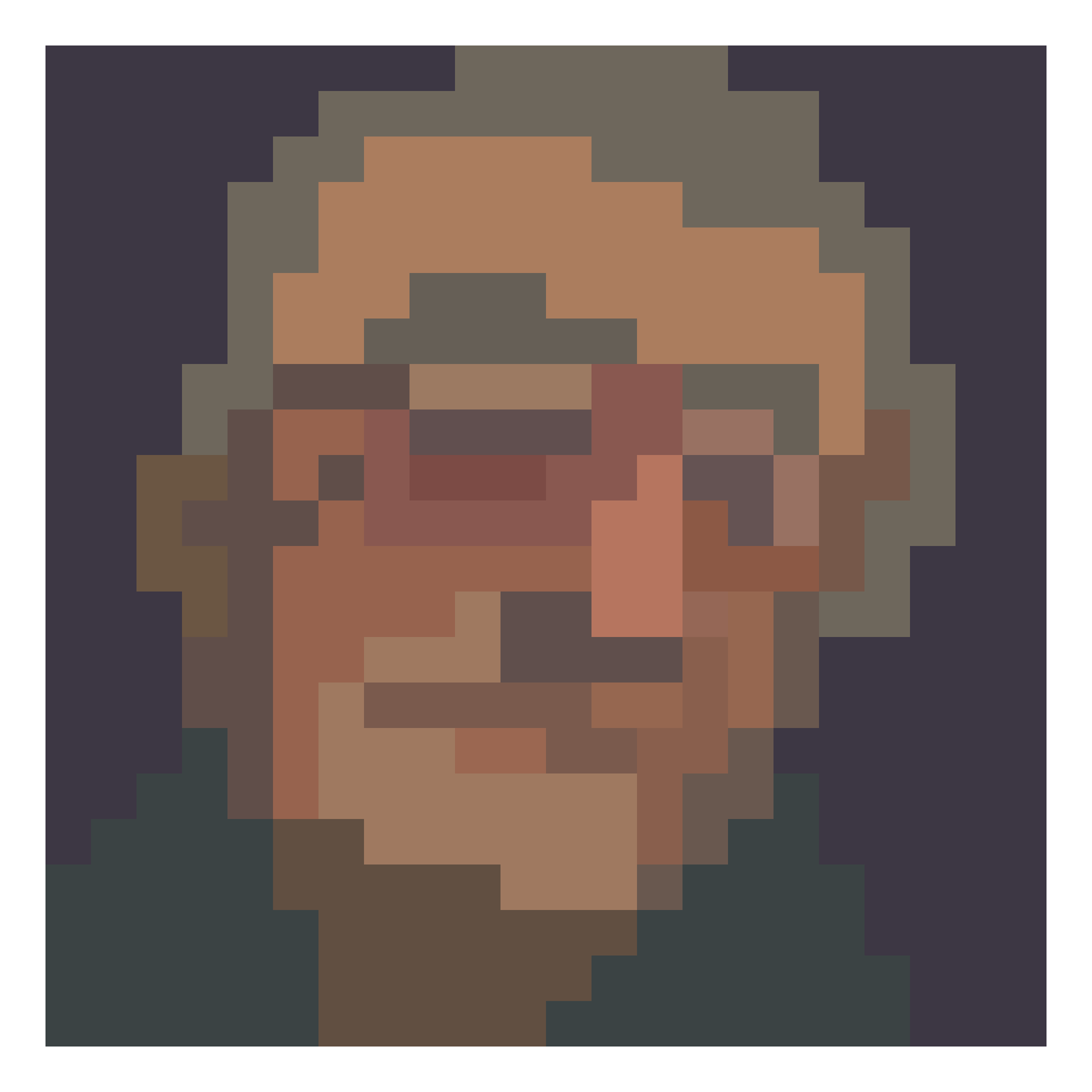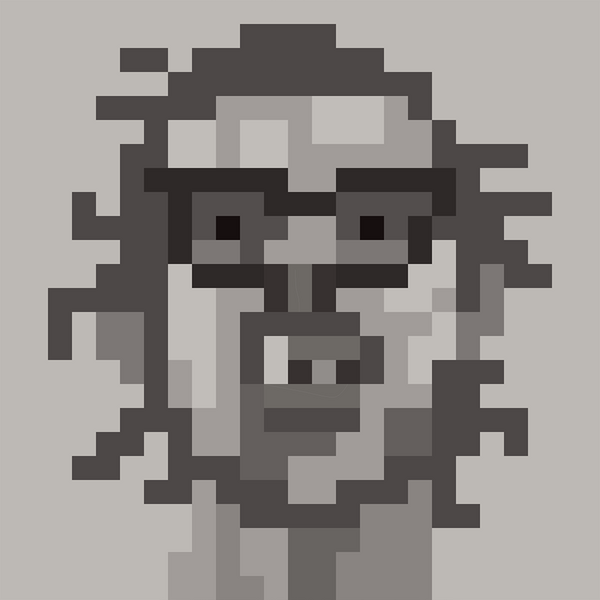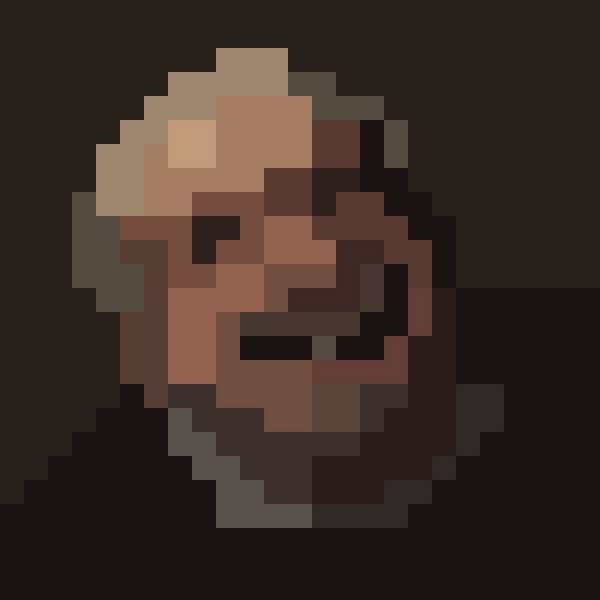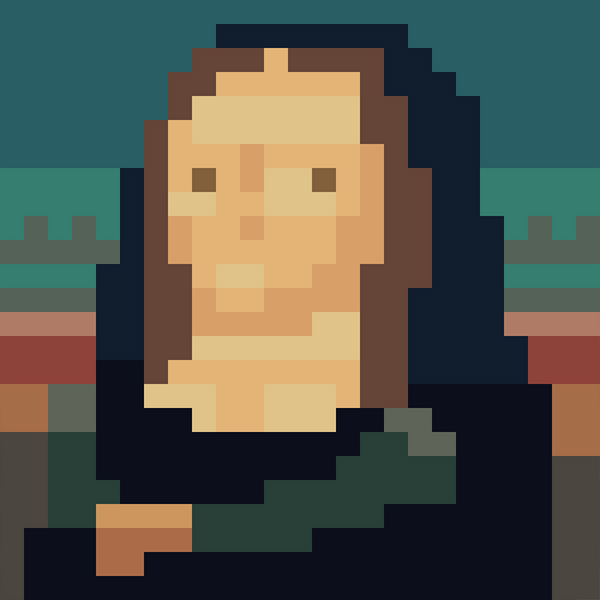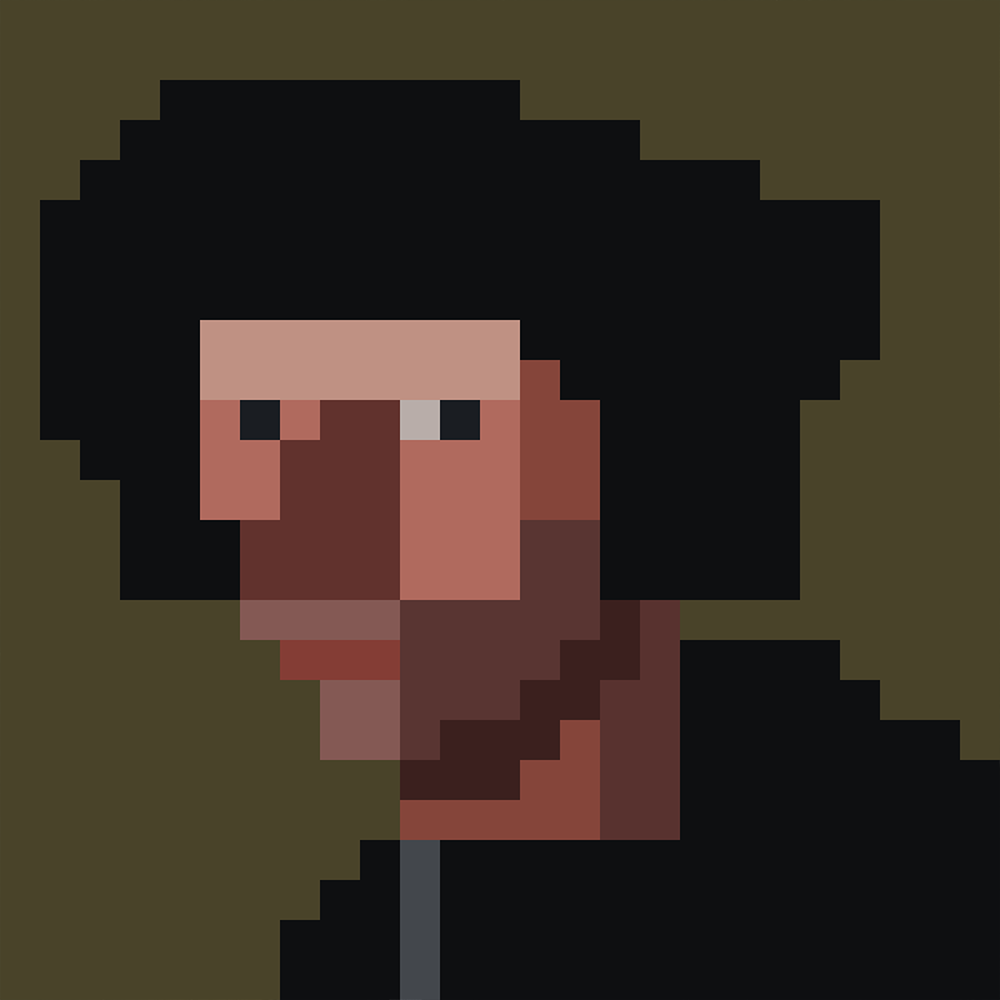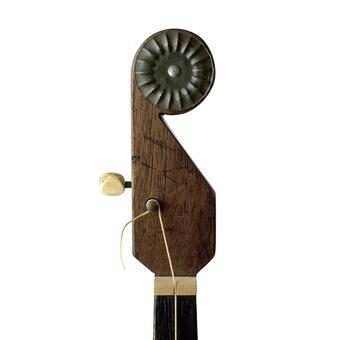About Genna
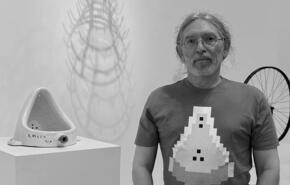
Genna Gurvich, a conceptual artist living in Baltimore, Maryland. He is a graduate of the Kiev (Ukraine) Institute of Applied Arts and Design and holds a master's degree in System Design from the St. Petersburg Academy of Arts and Industrial Design (Russia).
The primary interest in his practice, Genna Gurvich considers the interconnections and interdependencies in the history of art and culture as a whole. Utilizing computer algorithms, he creates a new visual panorama of these… more
The Periodic Table of Art Elements, 2021-2024
Having spent countless hours in my studio and not venturing out much during to the pandemic, I had the time to look toward art history and visual culture as reference points in developing a new project. Titled “The Periodic Table of Art Elements,” my intention was to breakdown and reconstruct an imagining of its various eras, trends, styles and individual artist works as neural networks, the manner by which information is decoded, interconnected, and made interdependent. My goal here was to identify and then fuse the random and disparate visual languages I discovered throughout art history and then remake them in my own visual, pixelated vocabulary. Much like the famed periodic table of chemical elements, my project, using a scientific approach, creates a logical display and expressive presentation of art history’s most iconic works. The result of which, is both alien and familiar as it engages audiences to see that ubiquitous history from a universal point-of-view.
-
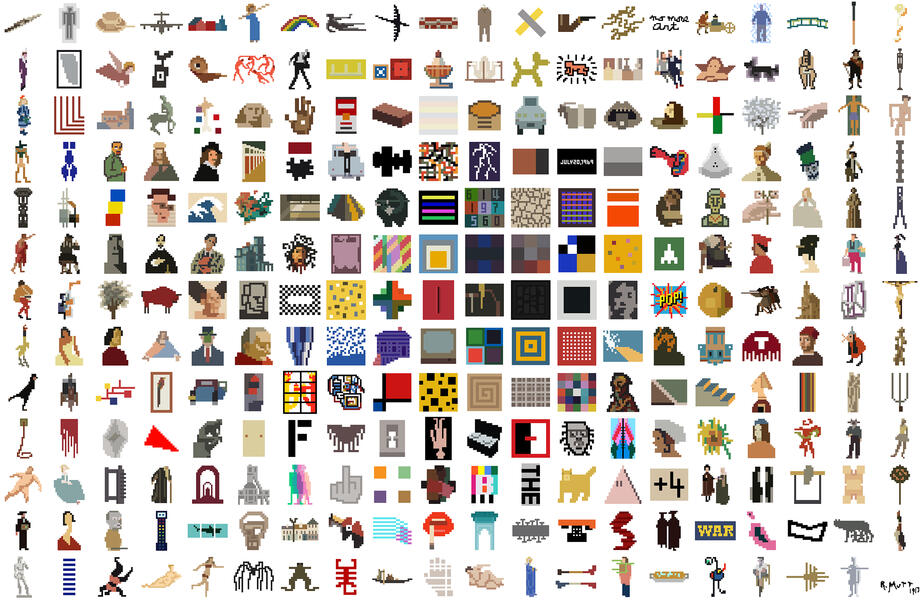 The Periodic Table of Art Elements
The Periodic Table of Art ElementsHaving spent countless hours in my studio and not venturing out much during to the pandemic, I had the time to look toward art history and visual culture as reference points in developing a new project. Titled “The Periodic Table of Art Elements,” my intention was to breakdown and reconstruct an imagining of its various eras, trends, styles and individual artist works as neural networks, the manner by which information is decoded, interconnected, and made interdependent. My goal here was to identify and then fuse the random and disparate visual languages I discovered throughout art history and then remake them in my own visual, pixelated vocabulary. Much like the famed periodic table of chemical elements, my project, using a scientific approach, creates a logical display and expressive presentation of art history’s most iconic works. The result of which, is both alien and familiar as it engages audiences to see that ubiquitous history from a universal point-of-view.
Available for Purchase -
 AbramovicAvailable for Purchase
AbramovicAvailable for Purchase -
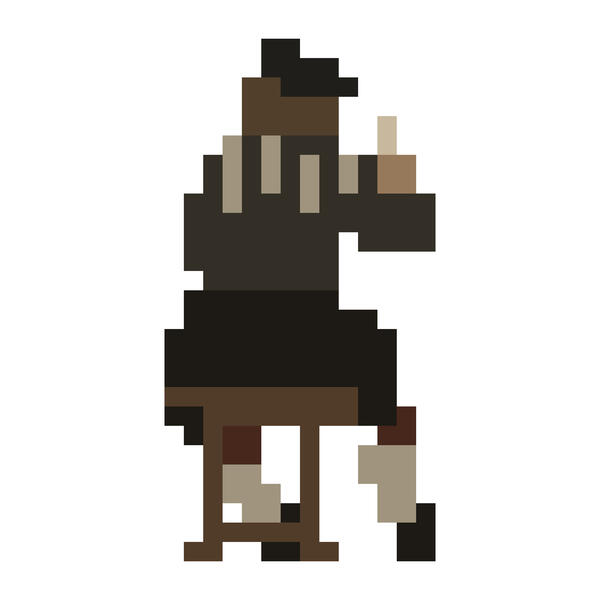 VermeerAvailable for Purchase
VermeerAvailable for Purchase -
 BasquiatAvailable for Purchase
BasquiatAvailable for Purchase -
 SuhAvailable for Purchase
SuhAvailable for Purchase -
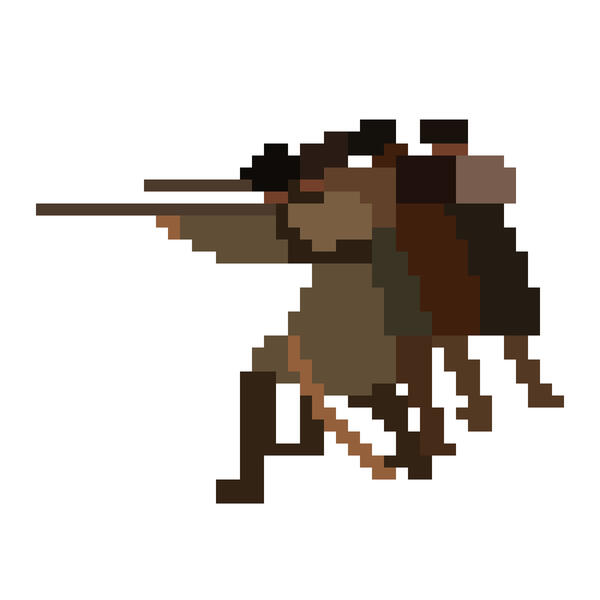 GoyaAvailable for Purchase
GoyaAvailable for Purchase -
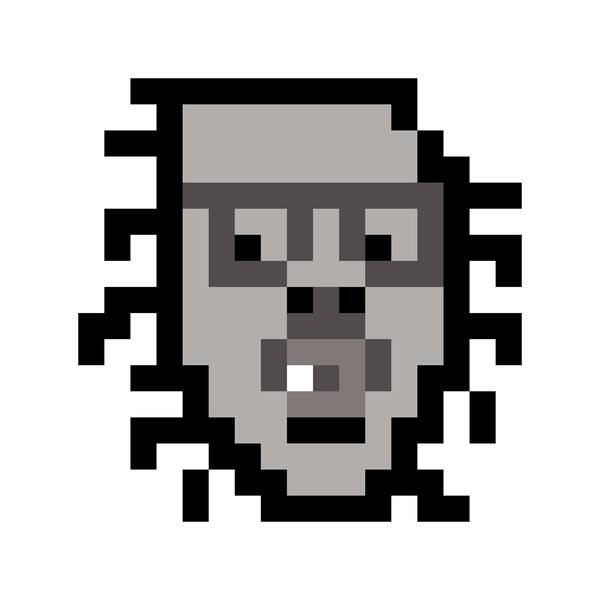 Chuck CloseAvailable for Purchase
Chuck CloseAvailable for Purchase -
 PollockAvailable for Purchase
PollockAvailable for Purchase -
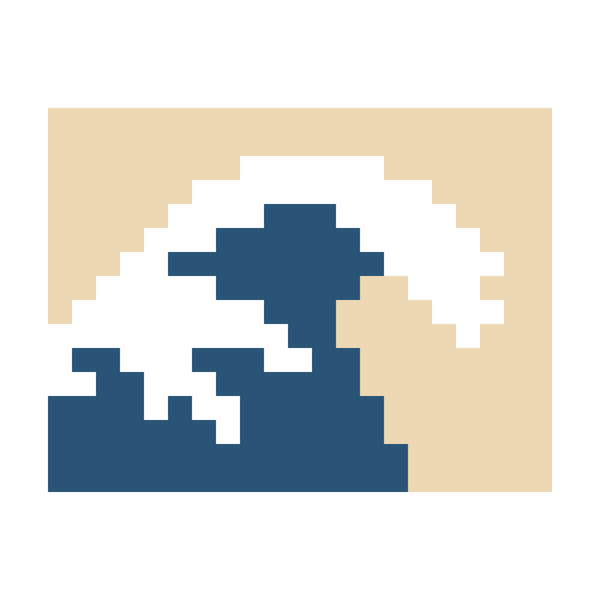 HokusaiAvailable for Purchase
HokusaiAvailable for Purchase -
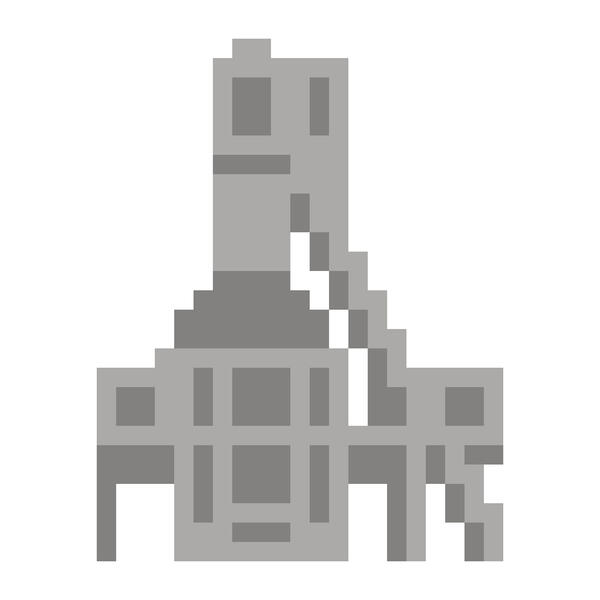 BecherAvailable for Purchase
BecherAvailable for Purchase
The 301st Generation, 2024-2025
I suspect that my project, 301st Generation, began in “Paradise,” a small Jewish-Ukrainian settlement on the banks of the Southern Bug River. Every summer, as a child, I was taken there to visit my grandparents. It was there that I learned to swim and to ride an adult bicycle, slipping one leg under the frame. It was there that I would climb the hill overlooking the river. The sense of height and space encouraged reflection. What I thought about, I don’t remember. But the feeling of being connected to that place remains.
There, I was surrounded by very serious adults, preoccupied with their local concerns. They didn’t joke, they didn’t reminisce. Their faces bore a constant mix of worry and anxiety. At the time, I had no idea why. No one talked about it. The paradise of my childhood wasn’t clouded, but I still felt a sense of connection to those people.
Even now, I encounter such faces. They reflect a complex spectrum of frozen emotions. Their gaze is asymmetrical, directed more inward and toward the past. Their faces don’t align with Greek ideals of beauty. This makes it all the more intriguing to try to uncover the mysteries of time, the sculptor that creates such forms. It seems to me that this “shaping” involves not only the experiences of specific individuals but also the unbroken memory of countless generations of Jews—those who endured their own Exodus, their millennia-long dispersion, pogroms, and the Holocaust. And I feel my connection to the flow of time.
For context: the age of humanity, roughly 6,000 years according to the Jewish calendar, was something I extended to the Jewish people themselves. Assuming that each new generation appears approximately every 20 years, I calculated that around 300 generations have passed in that time. Of course, this doesn’t apply exclusively to Jews but to all of humanity. Since this figure is rather approximate, I decided not to change the name 301st Generation.
-
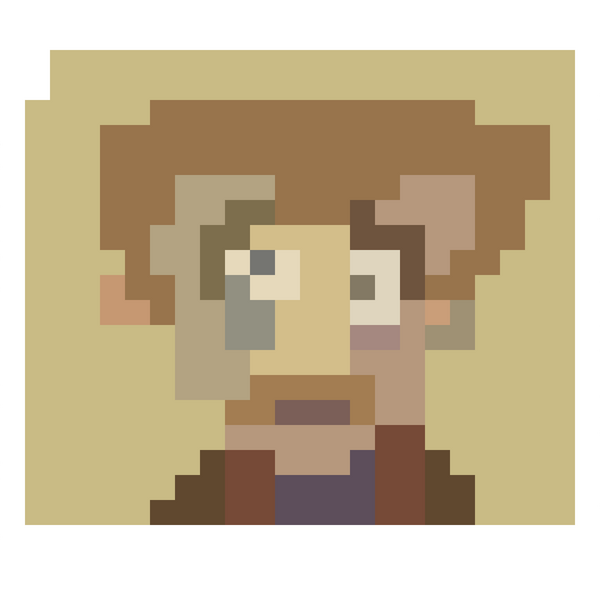 Don't fool me, 2024, from the 301st Generation seriesAvailable for Purchase
Don't fool me, 2024, from the 301st Generation seriesAvailable for Purchase -
 I afraid of, 2024, from The 301st Generation series
I afraid of, 2024, from The 301st Generation seriesI suspect that my project, 301st Generation, began in “Paradise,” a small Jewish-Ukrainian settlement on the banks of the Southern Bug River. Every summer, as a child, I was taken there to visit my grandparents. It was there that I learned to swim and to ride an adult bicycle, slipping one leg under the frame. It was there that I would climb the hill overlooking the river. The sense of height and space encouraged reflection. What I thought about, I don’t remember. But the feeling of being connected to that place remains.
There, I was surrounded by very serious adults, preoccupied with their local concerns. They didn’t joke, they didn’t reminisce. Their faces bore a constant mix of worry and anxiety. At the time, I had no idea why. No one talked about it. The paradise of my childhood wasn’t clouded, but I still felt a sense of connection to those people.
Even now, I encounter such faces. They reflect a complex spectrum of frozen emotions. Their gaze is asymmetrical, directed more inward and toward the past. Their faces don’t align with Greek ideals of beauty. This makes it all the more intriguing to try to uncover the mysteries of time, the sculptor that creates such forms. It seems to me that this “shaping” involves not only the experiences of specific individuals but also the unbroken memory of countless generations of Jews—those who endured their own Exodus, their millennia-long dispersion, pogroms, and the Holocaust. And I feel my connection to the flow of time.
For context: the age of humanity, roughly 6,000 years according to the Jewish calendar, was something I extended to the Jewish people themselves. Assuming that each new generation appears approximately every 20 years, I calculated that around 300 generations have passed in that time. Of course, this doesn’t apply exclusively to Jews but to all of humanity. Since this figure is rather approximate, I decided not to change the name 301st Generation.
Available for Purchase -
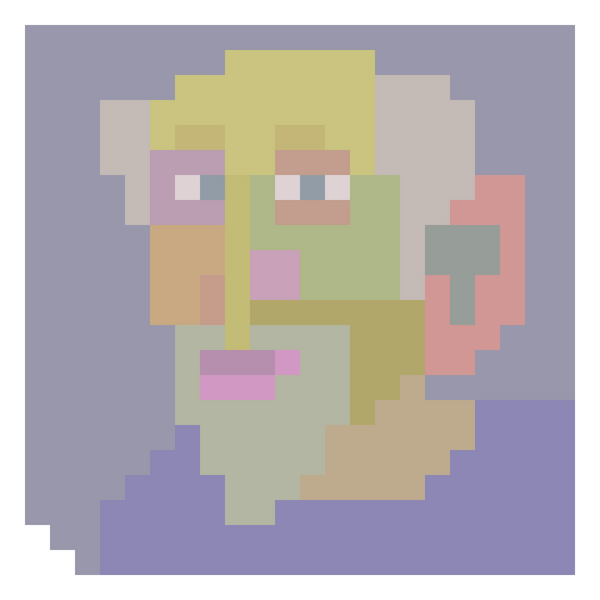 I disguised myself, 2024, from the 301st Generation series
I disguised myself, 2024, from the 301st Generation series -
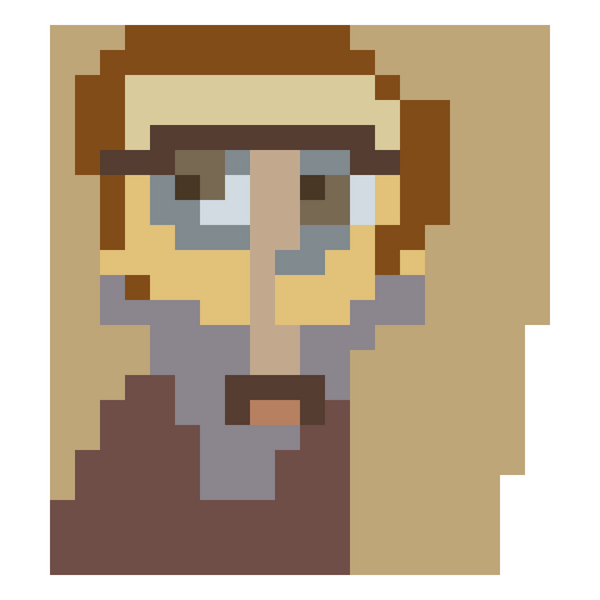 Did you hear that? 2024, from the 301st Generation seriesAvailable for Purchase
Did you hear that? 2024, from the 301st Generation seriesAvailable for Purchase -
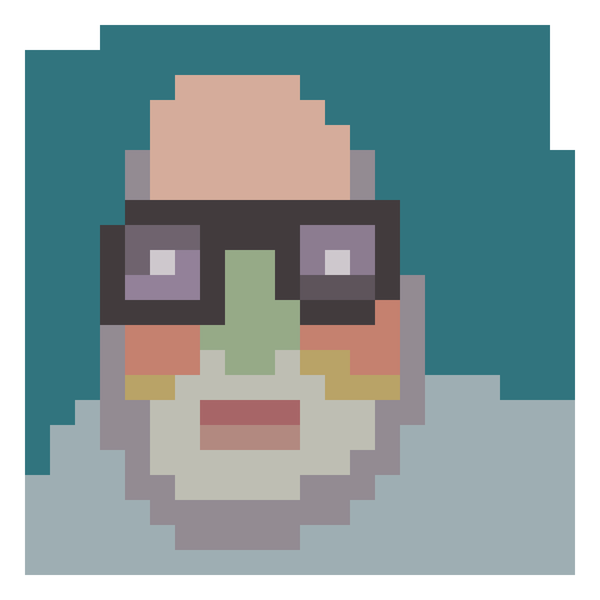 I don't care now, 2024, from the 301st Generation seriesAvailable for Purchase
I don't care now, 2024, from the 301st Generation seriesAvailable for Purchase -
 I would tell you, 2025, from the 301st Generation seriesAvailable for Purchase
I would tell you, 2025, from the 301st Generation seriesAvailable for Purchase -
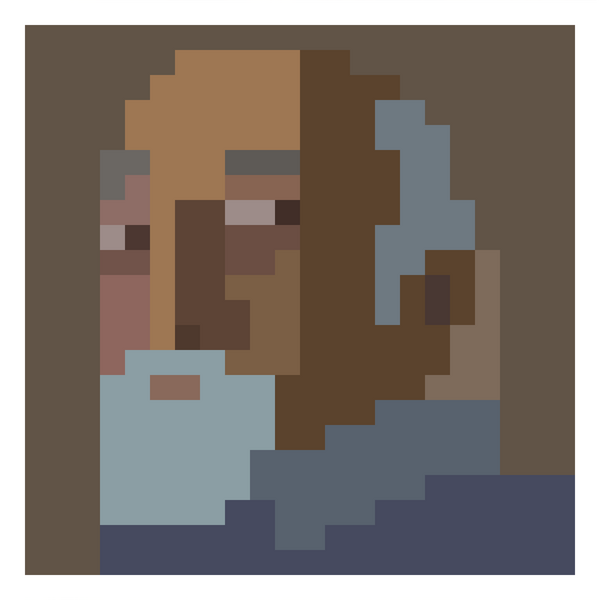 I know you, 2025, from The 301st Generation
I know you, 2025, from The 301st Generation -
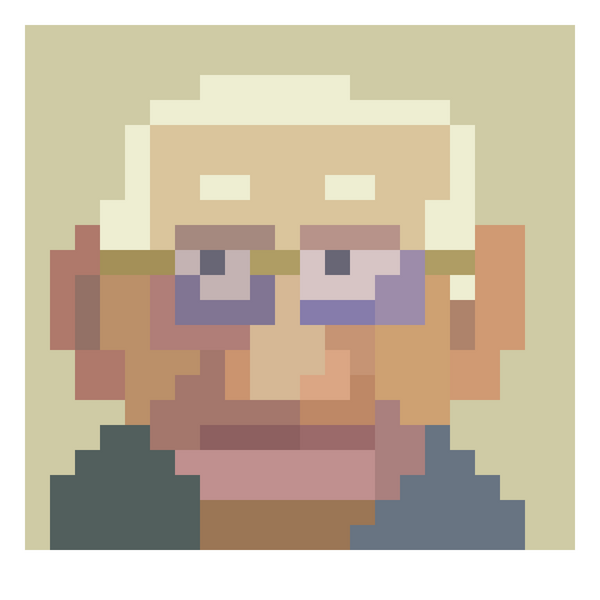 don’t slip, 2025, from the 301st Generation seriesAvailable for Purchase
don’t slip, 2025, from the 301st Generation seriesAvailable for Purchase -
 I’m at a loss, 2025, from the 301st Generation series
I’m at a loss, 2025, from the 301st Generation series -
 Search for a way out, 2025, from The 301st Generation
Search for a way out, 2025, from The 301st Generation
Square in Art, from Curation Project
My long-standing interest in art history has led to the creation of several series of works, such as Art History Project and The Periodic Tablet of Art Elements. While developing these series, I used various algorithms to sift through vast arrays of artifacts suitable for each specific project. Viewed from a detached perspective, my work can also be seen as a curatorial project.
Therefore, I am dedicating my next series specifically to curation. I select works that share similar formal or linguistic characteristics. The selection includes one piece from each of 49 artists. The composition is arranged chronologically. For example, the first series of the project, Square, features paintings ranging from Kandinsky (1913) to Thomas Peter Kausel (2024).
Despite the similarity in language and visual characteristics, it is possible to trace the dynamic evolution of the concepts underlying the creative approaches of these artists. My goal is to highlight the defining features of the entire collection as much as possible while unifying all others.
-
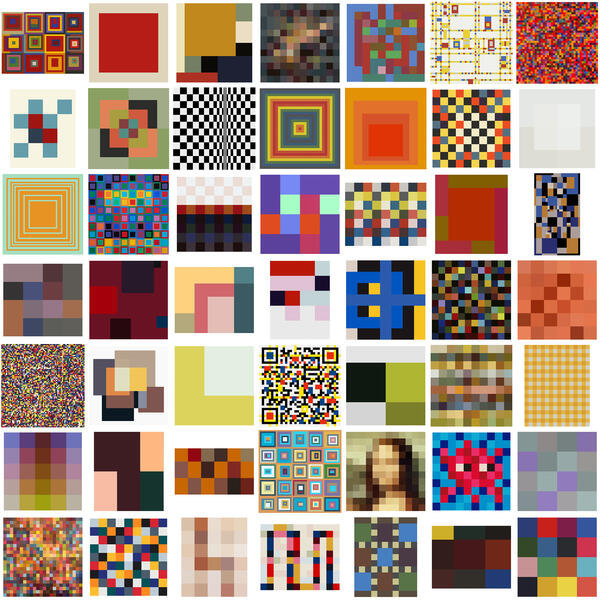 Square in Art, from Curation Project
Square in Art, from Curation ProjectMy long-standing interest in art history has led to the creation of several series of works, such as Art History Project and The Periodic Tablet of Art Elements. While developing these series, I used various algorithms to sift through vast arrays of artifacts suitable for each specific project. Viewed from a detached perspective, my work can also be seen as a curatorial project.
Therefore, I am dedicating my next series specifically to curation. I select works that share similar formal or linguistic characteristics. The selection includes one piece from each of 49 artists. The composition is arranged chronologically. For example, the first series of the project, Square, features paintings ranging from Kandinsky (1913) to Thomas Peter Kausel (2024).
Despite the similarity in language and visual characteristics, it is possible to trace the dynamic evolution of the concepts underlying the creative approaches of these artists. My goal is to highlight the defining features of the entire collection as much as possible while unifying all others.
-
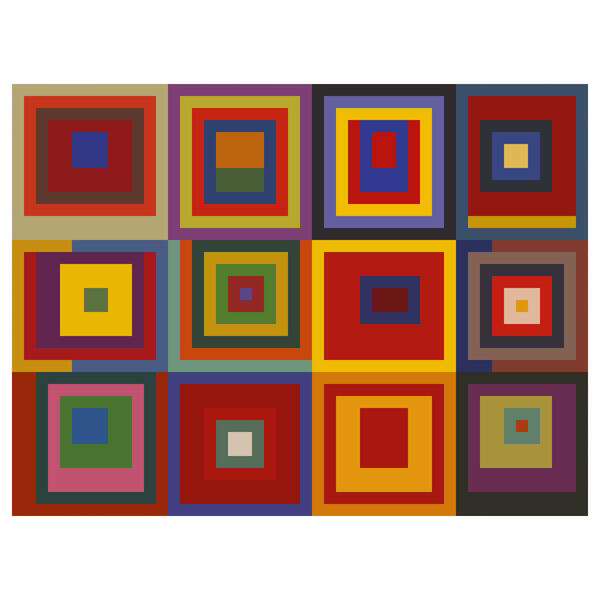 Kandinsky 1913, Square in Art, from Curation Project
Kandinsky 1913, Square in Art, from Curation Project -
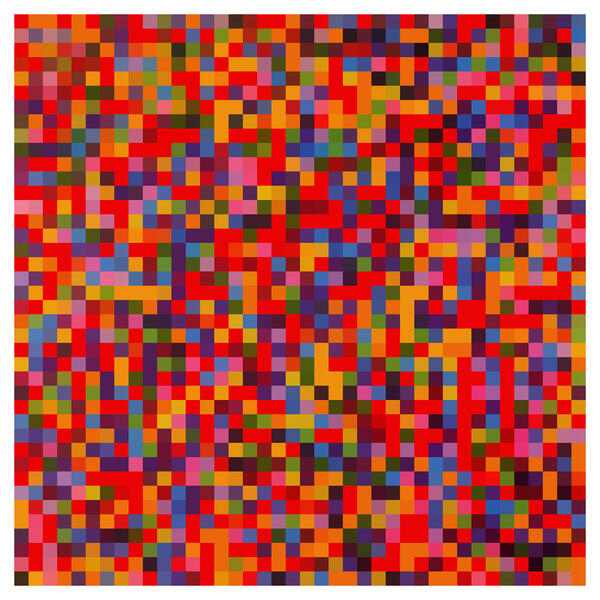 Ellsworth Kelly 1951, Square in Art, from Curation Project
Ellsworth Kelly 1951, Square in Art, from Curation Project -
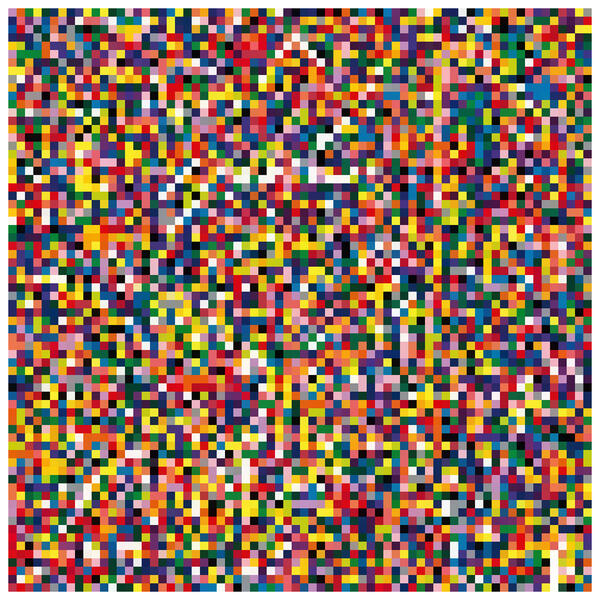 Gerhard Richter 2007, Square in Art from Curation Project
Gerhard Richter 2007, Square in Art from Curation Project -
 Douglas Coupland 2011, Square in Art from Curation Project
Douglas Coupland 2011, Square in Art from Curation Project
Ugly in Art, from Curation Project
My long-standing interest in art history has led to the creation of several series of works, such as Art History Project and The Periodic Tablet of Art Elements. While developing these series, I used various algorithms to sift through vast arrays of artifacts suitable for each specific project. Viewed from a detached perspective, my work can also be seen as a curatorial project.
Therefore, I am dedicating my next series specifically to curation. I select works that share similar formal or linguistic characteristics. The selection includes one piece from each of 49 artists.
Despite the similarity in language and visual characteristics, it is possible to trace the dynamic evolution of the concepts underlying the creative approaches of these artists. My goal is to highlight the defining features of the entire collection as much as possible while unifying all others.
Art History Project, 2015-2022
Imagine a special art history where each painting is represented by a single pixel, created by averaging the painting’s color palette. The uniqueness of each pixel lies in its almost unrepeatable color. In the digital world, the simplest color model contains 16.8 million color variations. This allows me to combine large arrays of pixels into compositions that reflect periods, collections, or art movements and compare their chromatic differences.I can pose both simple and complex questions that have not been asked before:
* Is there a difference between artists whose names start with the letter A and those with the letter Z?
* How do various art movements differ from one another?
* What are the unique features of museum collections?
* How do the color palettes in the paintings of men and women intersect?
* Are there noticeable differences between pre-war and post-war years?
* How does the color palette of an artist’s work change between youth and maturity?
* A comparison of official and unofficial art in the USSR and Nazi Germany.
* Is there a noticeable difference in the palettes of good and bad paintings (expensive and inexpensive)?
* Comparison of the color palettes of nations.
And so on…
-
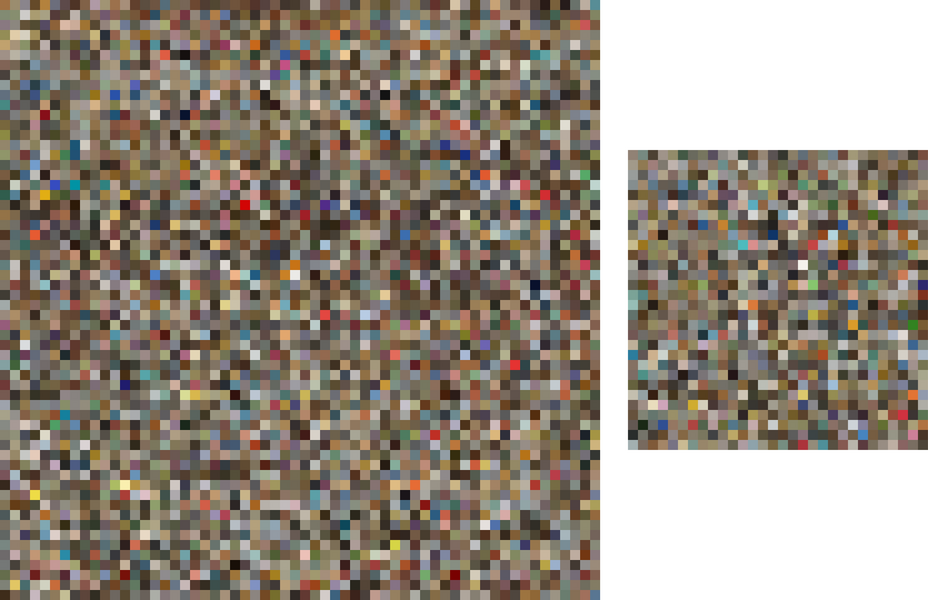 Volume A and Z
Volume A and ZFor the beginning, let's take artists whose last name starts with the letter A and select one painting of each artist (the first one in a Google search). Belonging to time, genre, art school and other color determining features will be completely excluded. The result is a 3600, or 60x60 pixel composition representing artists starting with the letter A. Now let's repeat the same with the letter Z. Here we have 900, or 30x30 pixels. But we see that the overall coloring remains unchanged. You can extrapolate the result and conclude that all other letters will give a similar flavor with a difference only in the number of pixels. Topic closed. Issue resolved. Is not it? 2015, 60x60 and 30x30 inches, archival pigment print on Exhibition fiber.
-
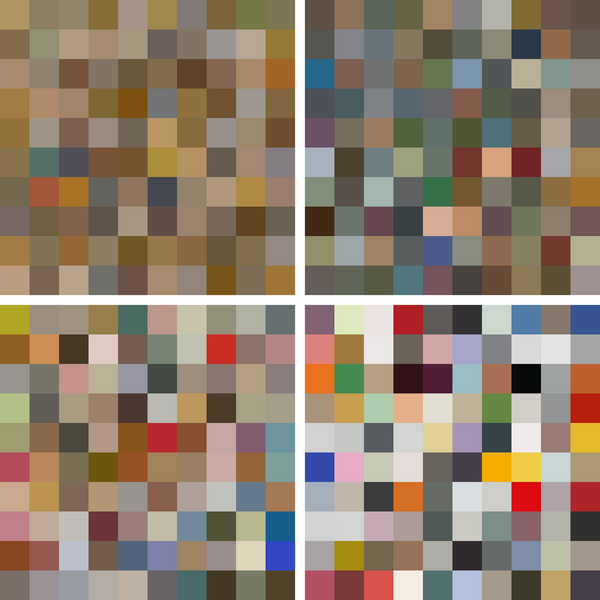 Byzantine, Surrealism, Pop, Minimalism
Byzantine, Surrealism, Pop, MinimalismLet's complicate the issue. How to highlight a large amount of work with any features that affect the result? The history itself suggests the principle of dividing artists by style. Let's compare Byzantine art, Renaissance, Baroque, Impressionism, Cubism, Fauvism, Conceptual art and other movements. The difference is clear and multifaceted. You can draw conclusions and analyze. 2020, 30x30 inches each, archival pigment print on Exhibition fiber.
-
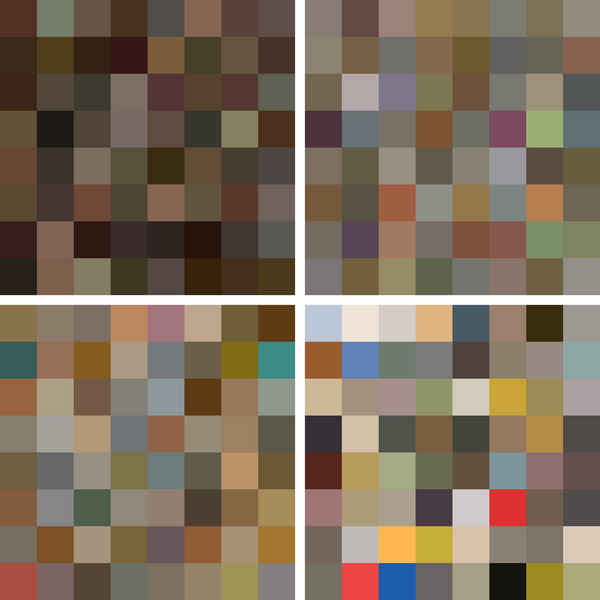 Baroque, Cubism, Dada, Conceptualism
Baroque, Cubism, Dada, ConceptualismLet's complicate the issue. How to highlight a large amount of work with any features that affect the result? The history itself suggests the principle of dividing artists by style. Let's compare Byzantine art, Renaissance, Baroque, Impressionism, Cubism, Fauvism, Conceptual art and other movements. The difference is clear and multifaceted. You can draw conclusions and analyze. 2020, 30x30 inches each, archival pigment print on Exhibition fiber.
-
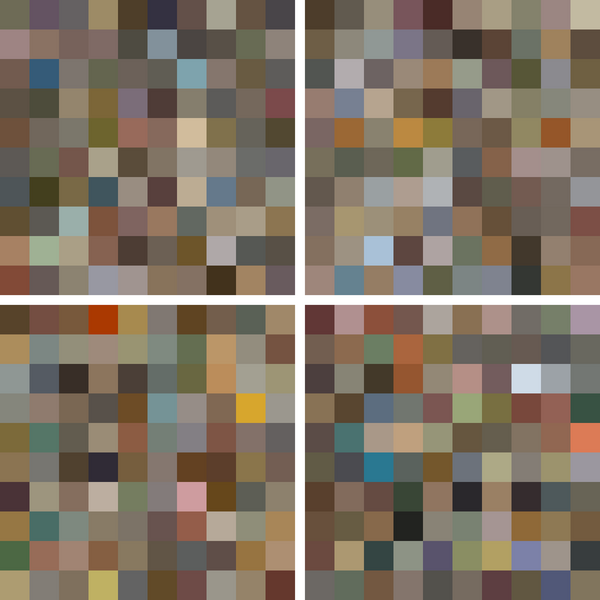 1913,1919 and 1938,1946
1913,1919 and 1938,1946How do wars affect art? Is there something in color that betrays a premonition of war and something that indicates war-weariness at the end of it? For the experiment, I used the years preceding and following the two great wars of the twentieth century: 1913, 1919 and 1938, 1946. Intuition suggested that the difference would be obvious, but the result surprised me. Perhaps the artists of the twentieth century did not reflect on real life as much as belonging to any art movement. 2022, 30x30 inches each, archival pigment print on Exhibition fiber.
-
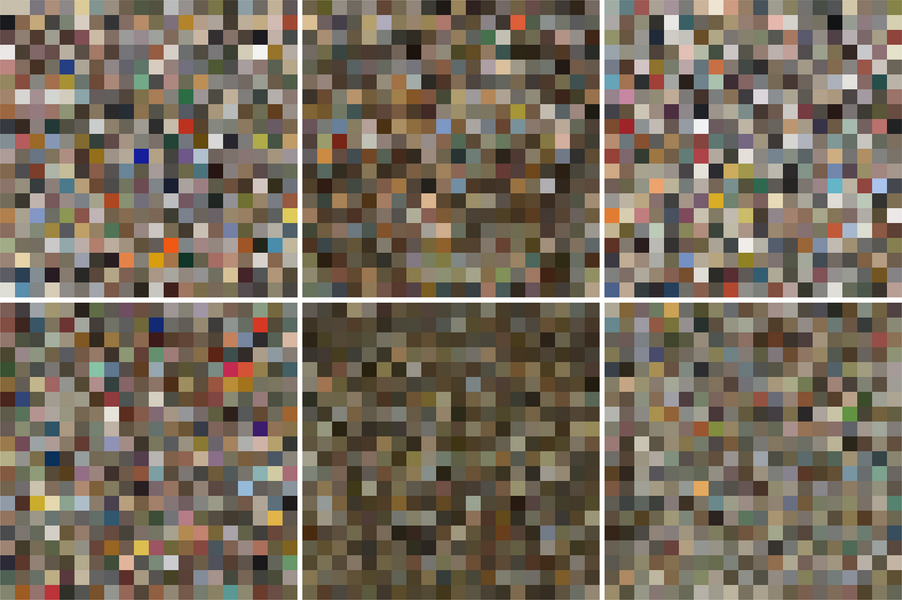 Guggenheim, Metropolitan, MoMA, Pompidou, Louvre, d'Orsay
Guggenheim, Metropolitan, MoMA, Pompidou, Louvre, d'OrsayMuseums. Do long-term collections, biases of different selection committees and curators affect the color of pixel compositions? For even greater “beauty” of the experiment, I choose 3 museums in New York (Metropolitan, Guggenheim, MOMA) and 3 museums in Paris (Louvre, d’Orsay, Center J. Pompidou). There is a difference. Not so striking. But it gives food for thought. 2022, 30x30 inches each, archival pigment print on Exhibition fiber.
-
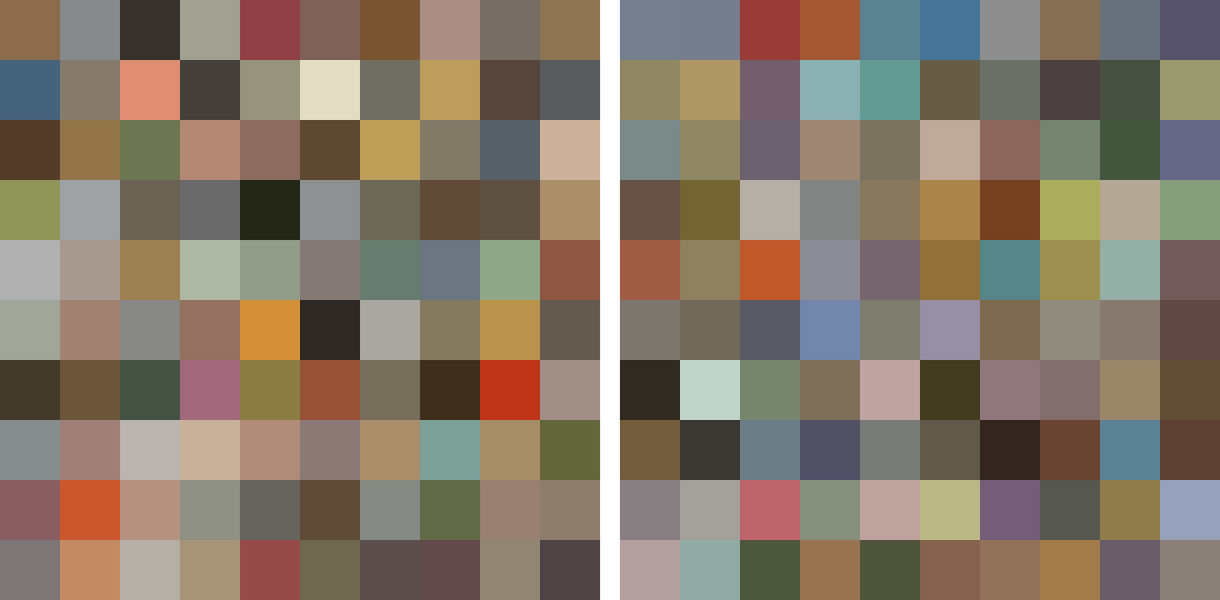 Most Expensive and Bad Paintings
Most Expensive and Bad PaintingsWorking on comparing the most expensive paintings (between $75 and almost $500 millions) and the bad paintings (official movement) in my project, I realized that the history of painting is a billion shades of gray. 2022, 30x30 inches each, archival pigment print on Exhibition fiber.
-
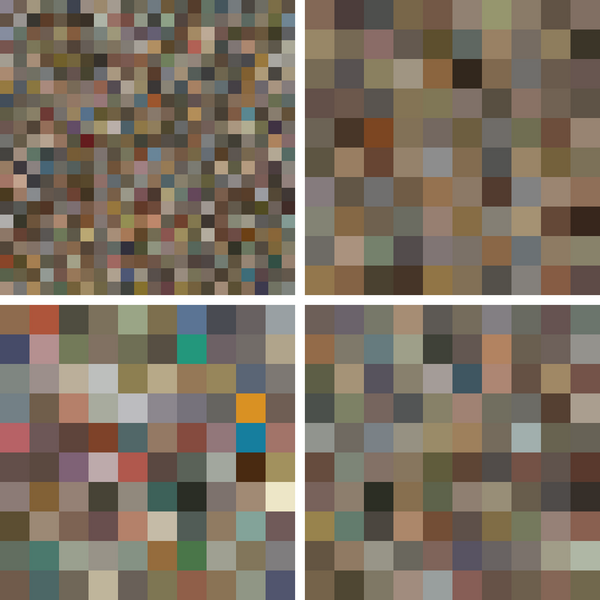 Degenerate, Nazi, Nonconformism, Soviet
Degenerate, Nazi, Nonconformism, SovietHow do political leanings affect art? Politicians classify artists as one group or another. We remember the "degenerate art" during the third Reich and can compare it with the official creations (small but manageable difficulty in finding work) of the same period. A couple of Soviet and nonconformist arts in the USSR is also interesting. Influence and very eloquently. 2022, 30x30 inches each, archival pigment print on Exhibition fiber.
-
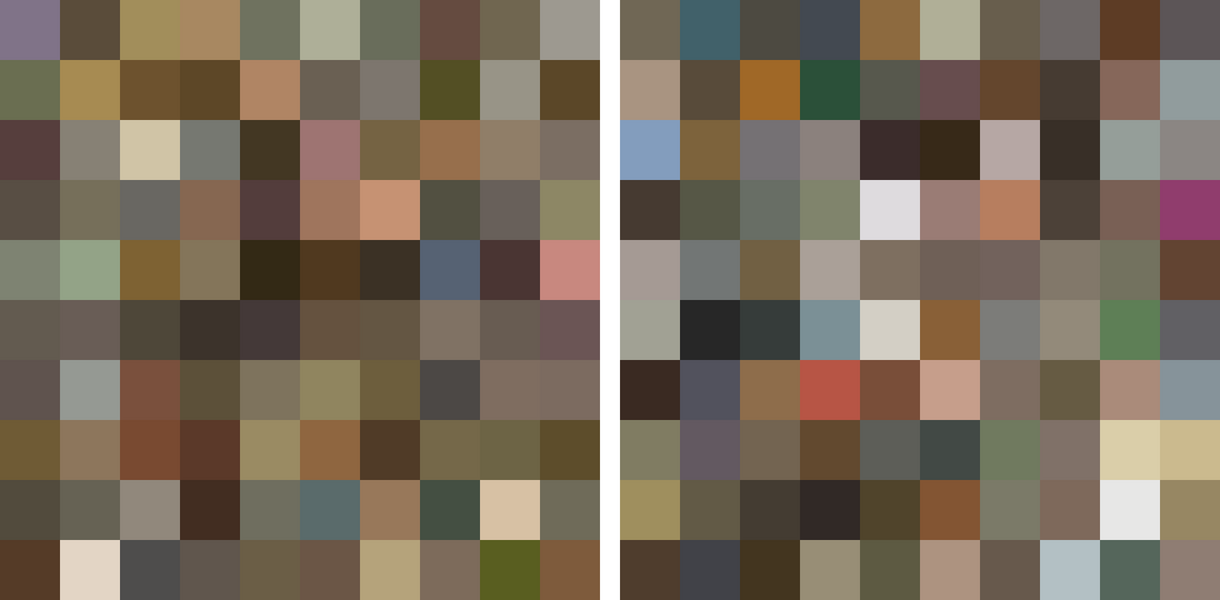 Art of Youth and Wisdom
Art of Youth and WisdomWe know many examples of the creative longevity of artists. Let's see how youthful enthusiasm is replaced by skill and wisdom. Each of the 100 artists is represented by one of their first and last works. 2022, 30x30 inches each, archival pigment print on Exhibition fiber.
-
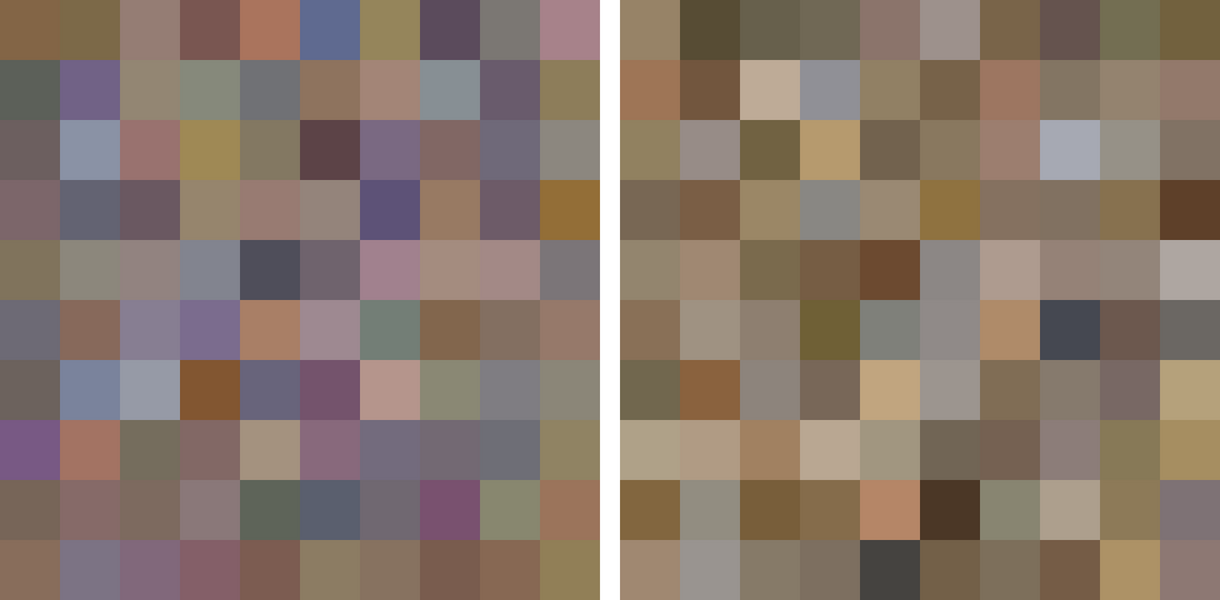 Stained Glass and Mosaic
Stained Glass and MosaicSpeaking about the influence on color in the history of art, one cannot avoid such an important topic as the material used by artists. In addition to tempera, oil paints, acrylic, we should pay attention to stained glass and mosaics. For an adequate result, I use the works of the classical period for these materials. Also, when working on stained glass windows, I remove the color of lead from the averaging, which almost always looks like black on photographs. 2022, 30x30 inches each, archival pigment print on Exhibition fiber.
-
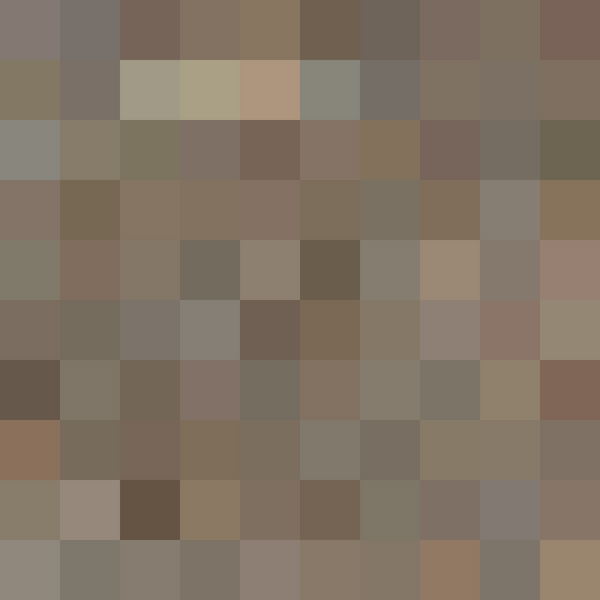 Art of Nations
Art of NationsIt is not about finding differences, but about identifying commonality of the color pixel, despite ... the differences of nations. In this case, it is necessary to comply a single algorithm for selecting pictures and their color averaging. The first is a selection of 100 countries with a sufficient number of artists in Google search. Second - each country is represented by 35-50 authors, one (the first in the search display) picture from each artist. Third - step by step averaging of each work, transforming into a same size pixel and averaging all 35-50 pixels into one, then placing them in alphabetical order. 100 (10x10) pixel-nations with fairly similar hues. Does this mean that there are national differences in general color? No, a more complete sample is needed for such verification. Perhaps we need all artists of every country and all of their works. Also this result will depend on the changes in color reproduction when working in Photoshop by millions of photographers and a displacement of this mass of photos across the expanses of Google. 2022, 30x30 inches, archival pigment print on Exhibition fiber.
